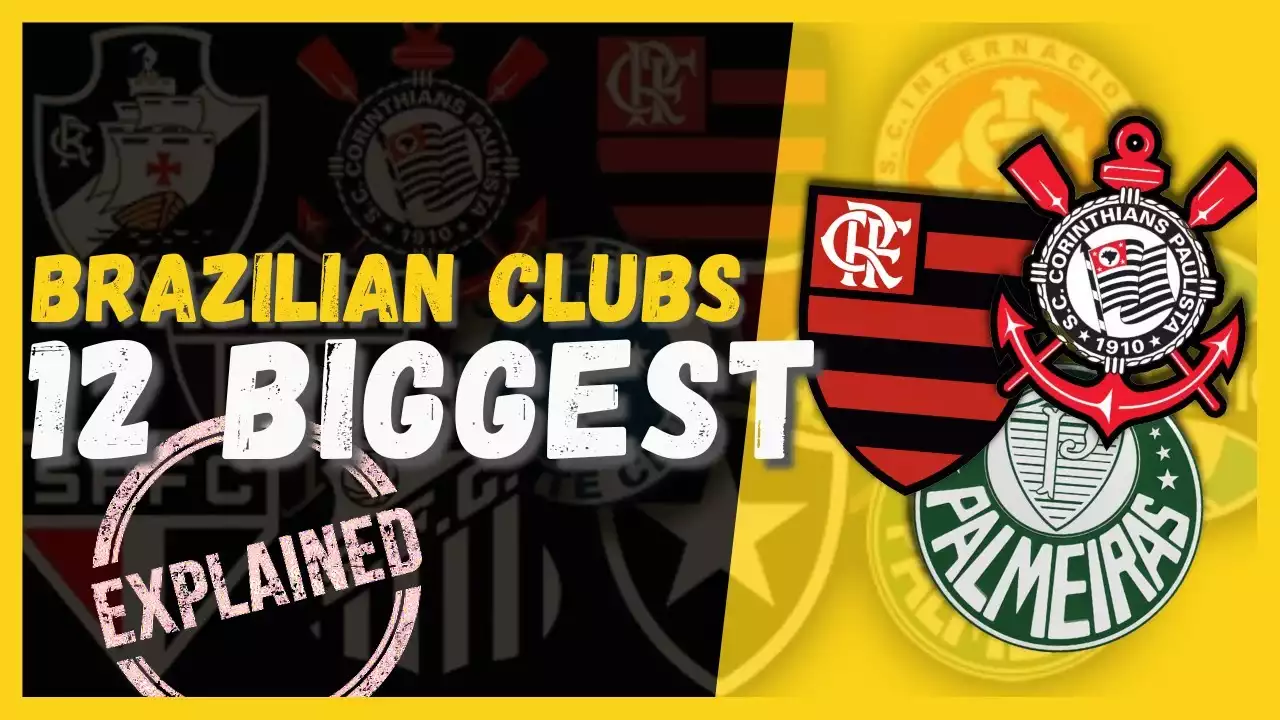Overview of the Financial Ecosystem
In Brazil, Série B football clubs are typically owned by private companies or individuals. These clubs operate on a revenue-sharing model with the Brazilian Football Confederation (CBF), which is responsible for organizing and regulating football competitions in Brazil. The CBF provides a portion of the revenue generated by the Brazilian football ecosystem to Série B clubs, which is primarily derived from sponsorships, ticket sales, and merchandising.
Revenue Streams for Série B Football Clubs
The revenue streams for Série B football clubs are primarily derived from three sources: sponsorships, ticket sales, and merchandising. Sponsorships are a significant source of revenue for Série B football clubs, as they are for all football clubs. The amount of revenue generated from sponsorships depends on the club's performance, brand value, and marketability. Ticket sales are another significant revenue stream for Série B football clubs, and the amount of revenue generated depends on the club's fan base and stadium capacity. Merchandising, such as jerseys and other club-related products, is also an essential revenue stream for Série B football clubs.
Expenses for Série B Football Clubs
The expenses of Série B football clubs are primarily focused on player salaries and transfer fees. The amount of money spent on player salaries and transfer fees depends on the club's financial resources and marketability. The higher the club's financial resources and marketability, the higher the salaries and transfer fees. However, it is essential to note that expenses for Série B football clubs are significantly lower than those of Série A clubs.
Profitability Analysis of Série B Football Clubs
Profitability analysis of Série B football clubs depends on several factors, such as revenue streams, expenses, and the club's financial position. Profitability is also dependent on the club's performance on the pitch, as this affects the amount of revenue generated from sponsorships, ticket sales, and merchandising. However, Série B football clubs typically operate at a lower profit margin than Série A clubs due to the difference in revenue streams and expenses.
Challenges Faced by Série B Football Clubs
Série B football clubs face several financial challenges, such as limited revenue streams, high player turnover, and financial instability. Limited revenue streams are a significant challenge for Série B football clubs, as they have a smaller fan base and stadium capacity than Série A clubs. High player turnover is another significant challenge for Série B football clubs, as they typically cannot afford to keep their best players. Financial instability is also a significant challenge, as Série B football clubs have limited financial resources and are vulnerable to financial crises.
Best Practices for Financial Management in Série B Football Clubs
Financial management is crucial for the sustainability of Série B football clubs. Best practices for financial management include developing a diversified revenue stream, reducing expenses, and improving financial transparency. Developing a diversified revenue stream involves exploring alternative revenue sources, such as partnerships with local businesses and community outreach programs. Reducing expenses involves exploring cost-cutting measures, such as reducing player salaries and transfer fees. Improving financial transparency involves implementing financial reporting standards and increasing transparency with stakeholders.
Case Studies of Successful Financial Management in Série B Football Clubs
Several Série B football clubs have successfully managed their finances, such as América Mineiro and Goiás. América Mineiro was able to reduce its debt and increase revenue by developing a diversified revenue stream and reducing expenses. Goiás was able to increase its revenue and improve financial transparency by implementing financial reporting standards and increasing transparency with stakeholders.
Future Outlook for Série B Football Clubs
The future outlook for Série B football clubs is promising, as the Brazilian football ecosystem continues to grow. However, Série B football clubs will need to continue to develop their financial ecosystem to remain sustainable. Developing a diversified revenue stream, reducing expenses, and improving financial transparency will be crucial for the sustainability of Série B football clubs.
The Importance of Financial Management for Série B Football Clubs
The financial ecosystem of Série B football clubs is an essential aspect of the Brazilian football ecosystem. Série B football clubs play a crucial role in the development of Brazilian football, and it is essential to understand how they operate and sustain themselves. Developing a diversified revenue stream, reducing expenses, and improving financial transparency are crucial for the sustainability of Série B football clubs. As the Brazilian football ecosystem continues to grow, Série B football clubs will need to continue to develop their financial ecosystem to remain sustainable.










